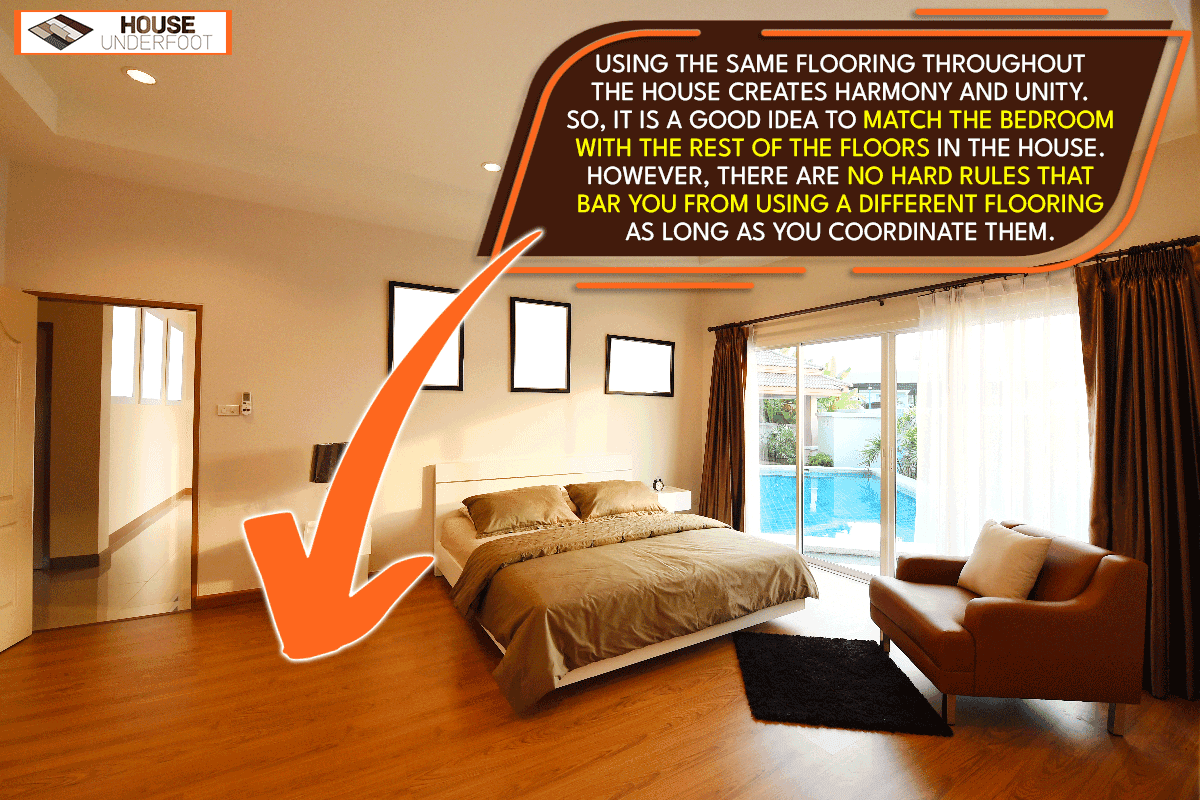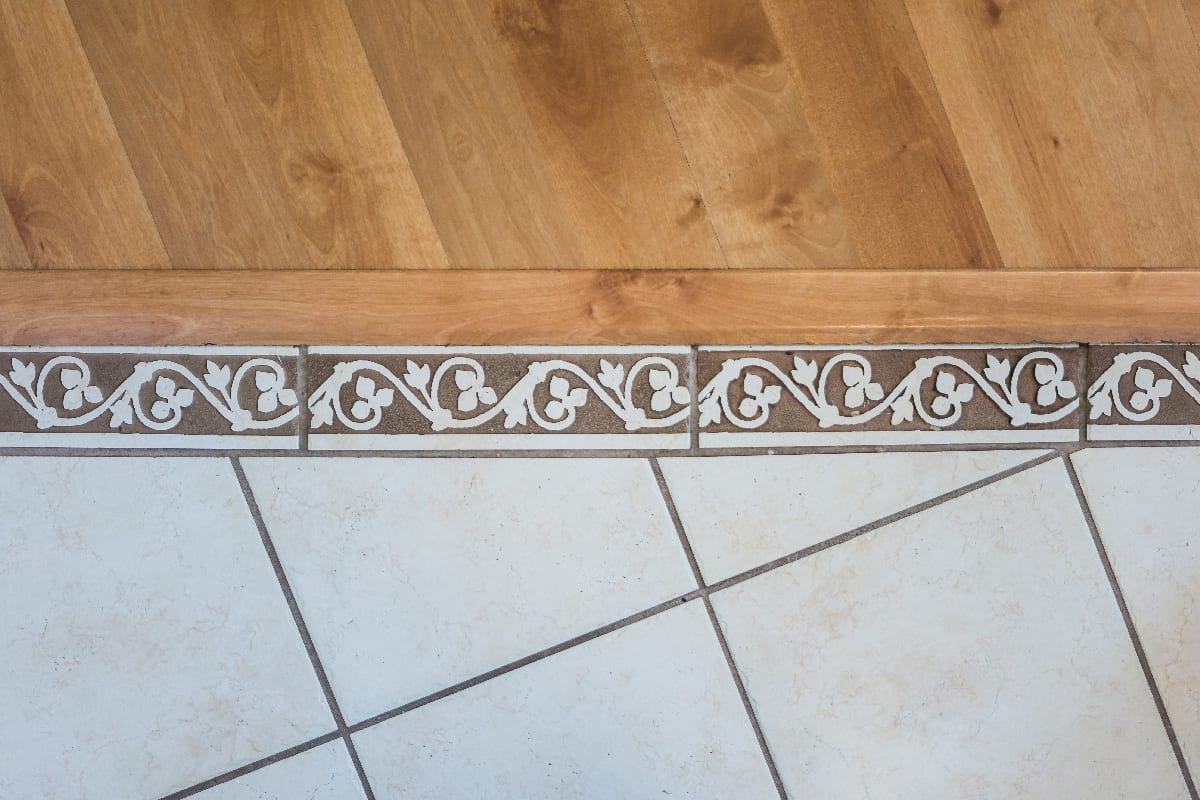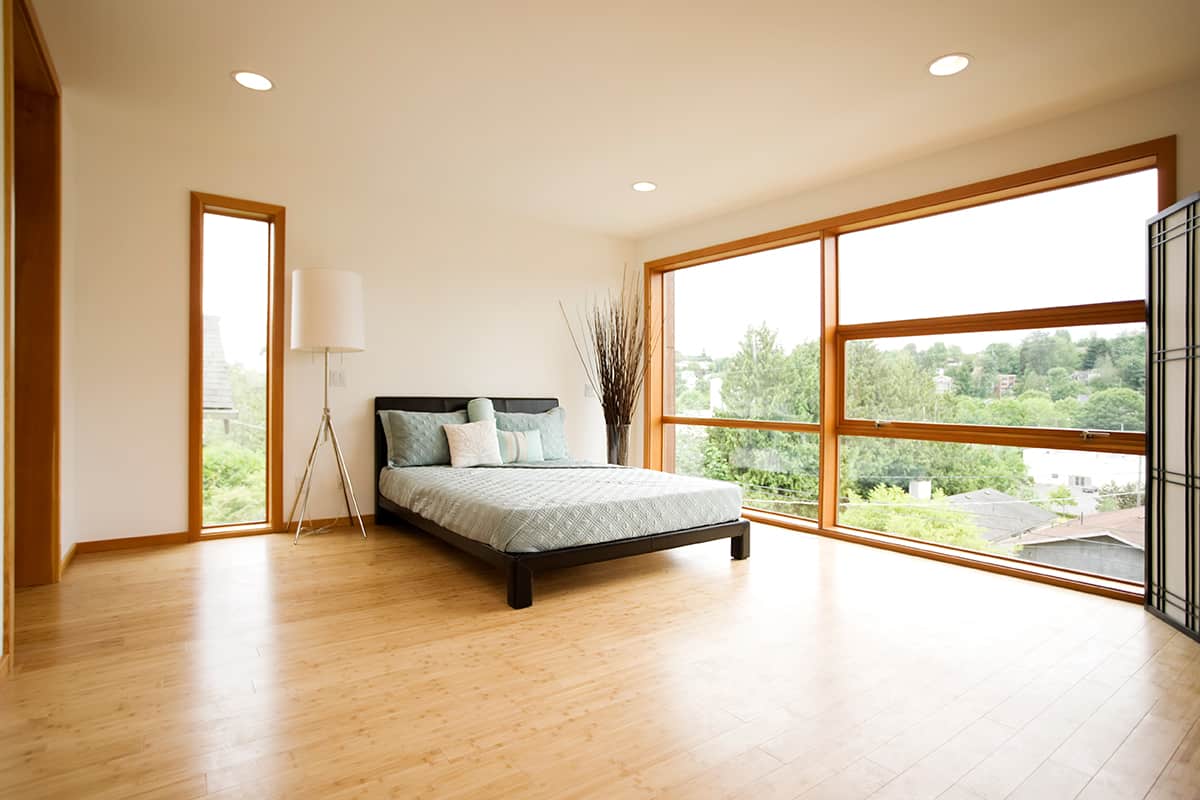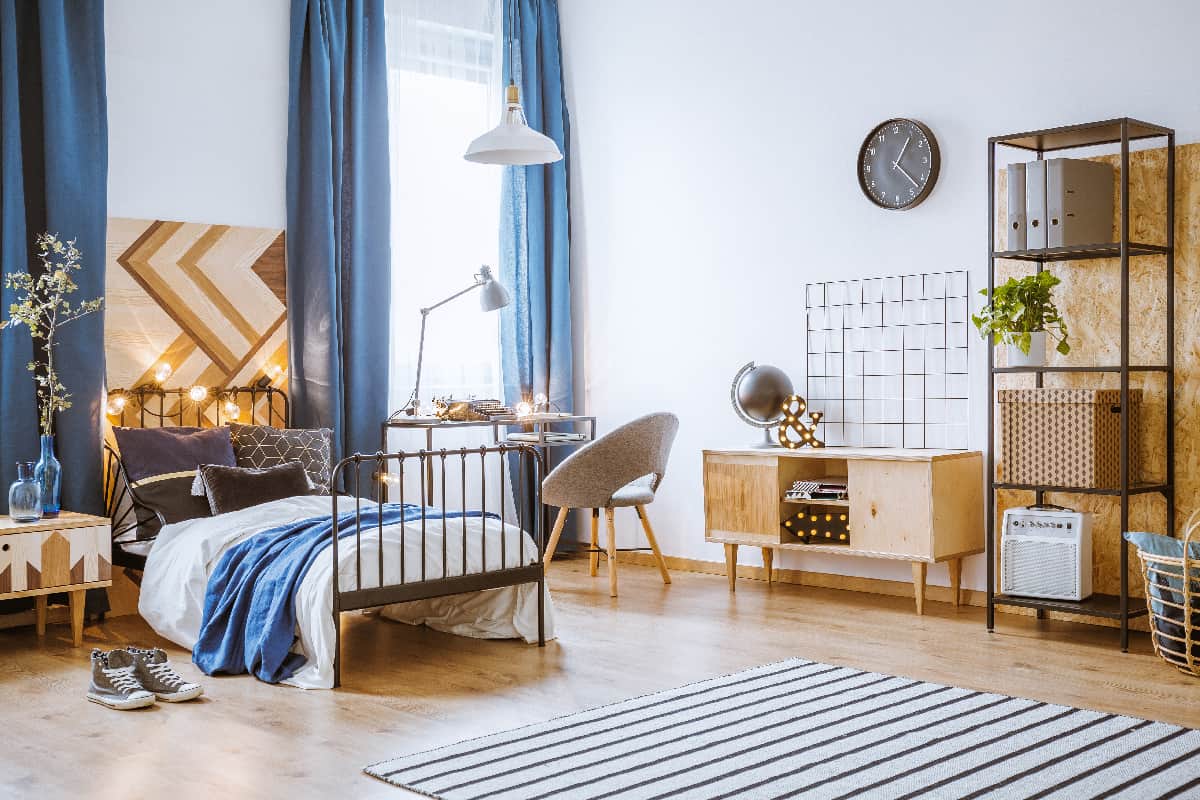The flooring is a design foundation for structural support for the house and its occupants. If you're looking to change your floors or just starting to put them up, you may wonder if the bedroom’s floor should match throughout the house. We searched for expert advice to provide an answer for you.
Using the same flooring throughout the house creates harmony and unity. So, it is a good idea to match the bedroom with the rest of the floors in the house. However, there are no hard rules that bar you from using a different flooring as long as you coordinate them.
There are many advantages of using the same flooring in the house. However, with the pros come the cons. We will discuss these and more throughout the rest of this article. Keep on reading for more details and ideas.

Advantages Of Matching Floors
Your floors make up a big percentage of your house’s visual appeal. It can easily make or break the aesthetic of your home.
Using the same flooring in the house opens up your space. It creates a continuous look that translates to wide spaces. If you have narrow rooms, this is the way to go.
Another advantage of using the same flooring is that you don't have to think about changing cleaning tools. Cleaning is much easier when you have the same flooring across all rooms. As you know, different types of flooring require different cleaning agents.
Affordability is also an advantage of having the same flooring. You can buy the materials in bulk which means you’ll save more compared to having different types of flooring. Some flooring comes in boxes which costs less.
Installation is also easier if you decide on using the same flooring. You don’t have to worry about different tools and techniques when putting the floor together.
Your house will be more inviting with the same floors as it evokes a more cohesive and calm vibe. Remember that your color choices will also affect the overall feel of the room.
When matching flooring, it's also essential to consider what direction you will lay the flooring. The general rule is to follow the light source and align the flooring to the longest wall to achieve the best visual appeal.


Click here to see this vinyl flooring on Amazon.
Disadvantages Of Matching Floors
The main issue with matching floorings throughout the house is the lack of depth or style. Proper coordination of flooring types creates diversity. This is what you are missing if you have the same floorings.
Although this is a disadvantage, one thing that you can do is change the direction of your floorings to mix things up.
In this example, the same flooring was installed, but the other planks are diagonal which adds variety to the room.
Another weakness of the same flooring is its repair. Although installation is easy, repairs may be difficult. If there is a portion that was damaged, looking for the exact match for the replacement piece is a tedious task.
When you have the same flooring, you assume that each room has the same function. In reality, this is not the case. There are types of floorings that withstand heavy traffic better than the others.
How Many Different Types Of Flooring Should Be In A House?

It is a good idea for the bedroom floor to match the entire house but there you can use different floor types in different rooms. This is a matter of personal preference.
If you feel like you cannot express your style with just one type of flooring, you are free to use another one, as long as you coordinate. Keep in mind that you should limit your choices to two or three. This prevents the house from looking disorganized.
Coordinating means complementing the floors instead of matching where the floors should look exactly the same.
In this example, tile and wood flooring were mixed. Because they complement each other, the difference was not too glaring.
Should You Match Your Floors Upstairs?

If you have a second floor, you might ask if you should match the floors upstairs and downstairs. The answer is up to you. You may or may not do it.
However, think of your stairs. This will be your transition from one floor to another. So the idea is to get the stairs to coordinate with all floors.
Is It Better To Coordinate Than To Match Floorings Throughout The House?
Matching flooring means you have the same design across the house. Coordinating uses different flooring with the same elements in color, texture, or type. They are different but go well together.
If you like everything to be the same, then do so. It is up to you to use just one type of floor across all rooms.
If you like to experiment and you’re open to exploring different options, then go with coordinating floorings. There is no harm in using wood flooring in the living room and laminate in the bedroom, as long as they complement each other.
To be able to coordinate your flooring successfully, consider the following recommendations:
- Do not switch floors in the middle of the room. Doors and passages make good boundaries where
- Color coordinate. This is necessary for designing your space. If you have a dark floor in the living room, you don’t want to put a light-colored floor in the room next to it. The strong contrast will not look too good when they’re next to each other.
In the picture above, tiles were used in one room while vinyl planks were used in the other. They look good together because their colors are almost identical. - Lastly, think about wall paint and accents. A room is not only made of floors. Think of other elements in the room that will coordinate with the color of the floor like your walls, cabinets, countertops, and more.
How Do You Transition Flooring Between Rooms?

If you choose not to use the same flooring throughout the house, you have to transition properly to unify the look of your floor.
When transitioning flooring, consider the thickness of each type. Different types of flooring have different thicknesses so you will need transition strips. This is mostly to avoid tripping on floor edges.
Transition strips are also used in the expansion gap of the same flooring.
As mentioned, transitioning from one type of flooring to another is best done on the edges of the different floors, usually in the middle of the doorway.
When you decide to transition flooring, consider the following tips:
- Look at the size of the room. Light flooring is good for small rooms while you can use darker flooring in bigger rooms. Lighter flooring help makes a room look larger than it is.
- Consider the direction of laying planks. If there is a door or a passage, you may line the planks in opposite directions. Otherwise, lay the planks in the same direction.
Final Thoughts

Matching the bedroom floors with the rest of the house is not a bad idea. It is also acceptable to use different floorings throughout the house. The important thing is that when you want to coordinate floorings, limit your choices to two or three types.
If you found this article helpful, check out these other articles:



